We have recently launched an exciting new research project called ‘Communities and Crowds’ that builds upon the participatory work the museum has been developing with local communities in Bradford as part of the Bradford’s National Museum project, and seeks to understand how this could be enhanced by citizen science methods.
The term ‘citizen science’ can refer to any form of public participation in research, but is generally used to describe projects that harness the collective people-power of large numbers of volunteer researchers to help answer questions about, collect or analyse big sets of data that scientists or other researchers wouldn’t be able to do otherwise.
Over the last few years I have been working with the museum to understand how it can become more open and collaborative and engage better with the ideas, issues, and stories that are important to our local communities in Bradford district.
As part of the Bradford’s National Museum project team, I worked with over 150 people in the district to co-create new strategies and to think together about how the National Science and Media Museum could become a distinctively Bradford museum. We shared a belief that Bradford is the ideal location for a national museum with global reach because it is such a cosmopolitan and well-connected city: that Bradford’s specific connections to other local places across the globe—from Mirpur to Krakow—offered unique opportunities for interpreting the museum’s collection.
We used the co-production of a large exhibition, Above the Noise: 15 stories from Bradford, to experiment with what Bradford’s particular position in the world and histories could bring to our programmes, and to explore how our collection could enhance the stories Bradford residents wanted to tell. What radiated out of this exhibition, most spectacularly on its opening night, was the power, dynamism and energy of the collective knowledge and diverse perspectives that for a time was pooled in this one space.
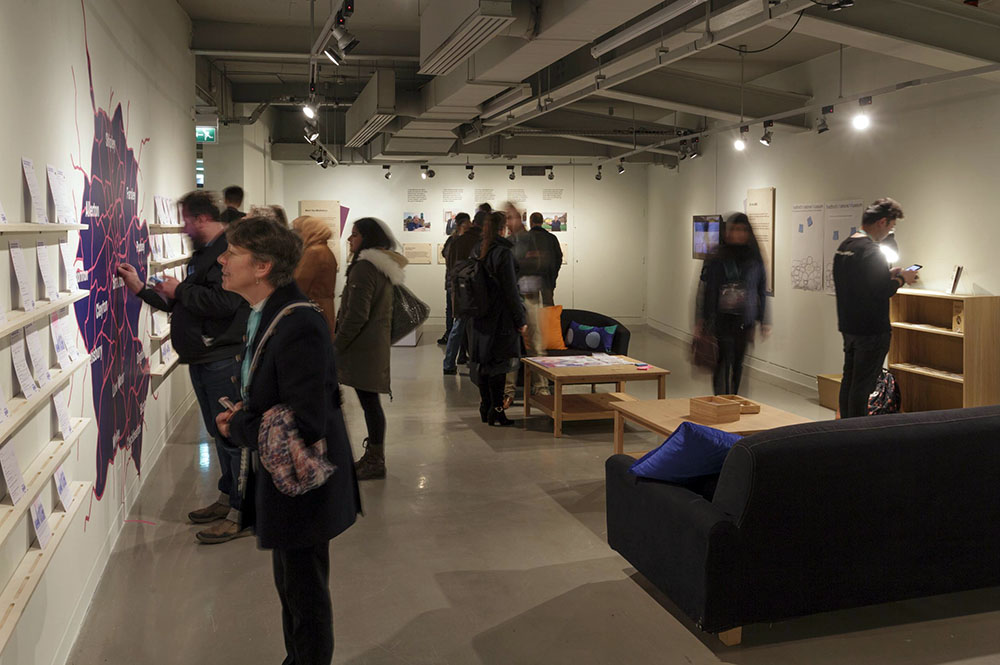
Through ‘Communities and Crowds’ we will explore how the collective energy that had been cultivated through a participatory process of making something together, with objects, in one place, could connect through to, and be reignited in, citizen science platforms such as Zooniverse, where people work together towards the same common goal, but separately and remotely. Could these two distinct approaches be successfully combined to create a stronger whole, connecting the local to the global and the material to the digital realm? How might local communities work with museums and archives to harness global online networks of volunteers to do their own larger-scale citizen research about collection objects and cultural heritage?
Two further challenges we encountered through the Bradford’s National Museum project were: how to open up the museum’s collection to citizen research; and how to make those objects that resonate most strongly with the everyday lives and experiences of our diverse communities easier to search for and discover. Despite the success of Above the Noise, it wasn’t always clear how the museum’s collection fitted into the ideas local collaborators wanted to explore. The show was heavily reliant on personal objects loaned by our collaborators. This wasn’t necessarily because we didn’t hold relevant objects, but rather that the museum’s collection is so vast and complex to navigate that it didn’t seem possible for collaborators to easily discover what is there.
Though many objects have already been digitised and made available online (roughly 300,000 of around 7.3 million items), and the museum has ambitious plans to digitise thousands more, the decisions about which objects should be prioritised for digitisation have been made almost exclusively by museum professionals and are thus skewed to their interests, knowledges and worldviews or by the immediate or pragmatic needs of the museum. This approach tends to reinforce dominant (often white, Western, middle-class) perspectives. Those cultural objects that are most relevant to the lives and concerns of minority groups therefore sometimes stay hidden or out of reach, and crucial stories in our national heritage remain untold.
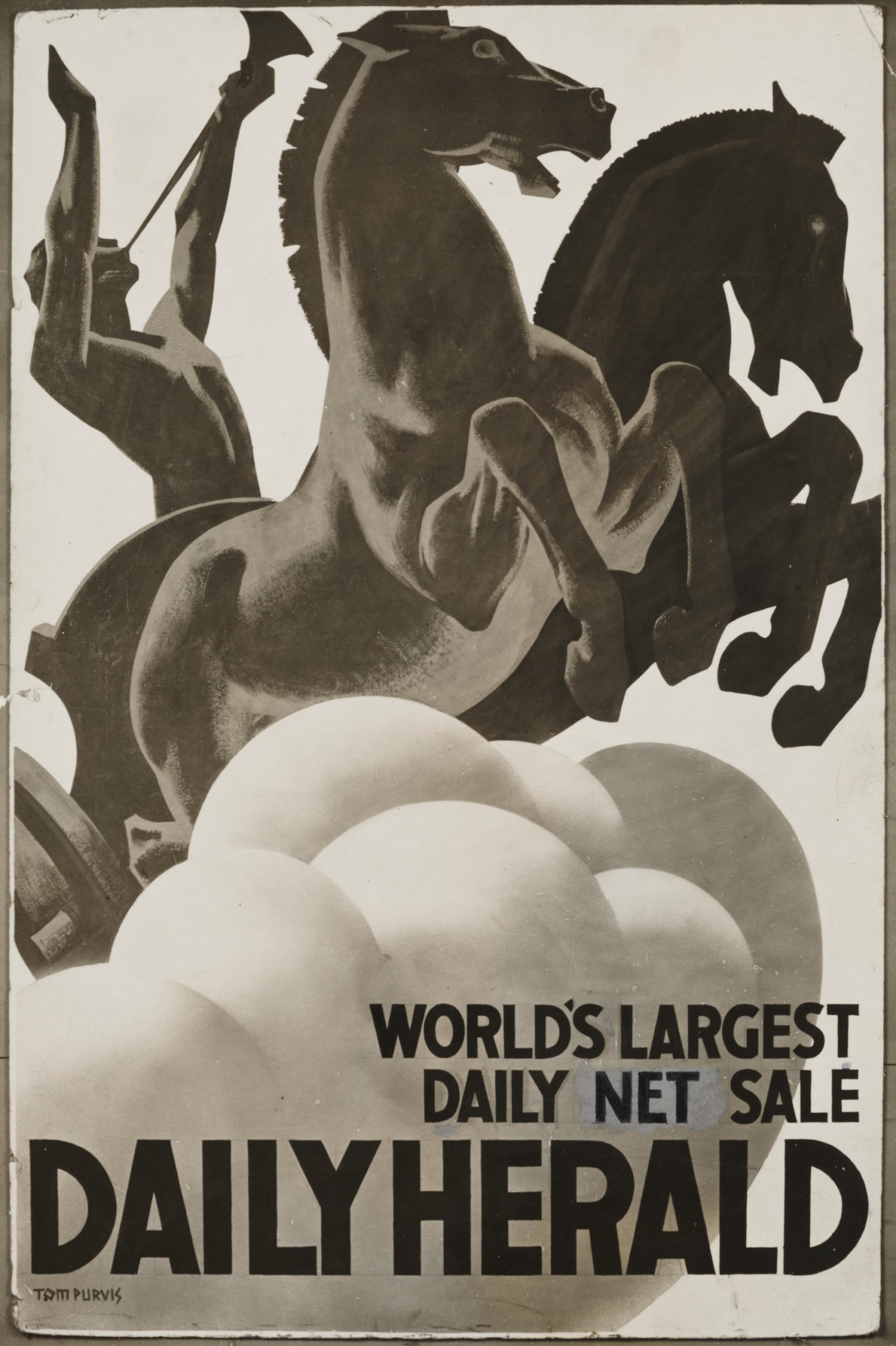
Several collaborators working on stories for Above the Noise had, for example, requested access to archival photographs that might illuminate, or provide context for, the displays. The obvious collection to point collaborators towards was the Photographic Archive of the Daily Herald newspaper, a British daily newspaper with a huge readership that represented the interests of the labour movement and was published between 1912 and 1964. This archive would undoubtedly feature material of interest to anyone researching cultural heritage, media, industrial, political and colonial histories.
However, the photographs are contained within the original filing cabinets and following the same idiosyncratic filing system that was used by the journalists at the time, rendering it highly complex to navigate. My own experience of attempting to locate images of Bradford within the archive revealed the exceptionally high level of tacit knowledge—that personal insight and wisdom we have picked up in our own lives—and lived experience necessary to navigate a filing system which was shaped by the needs and values of the newspaper at that time, rather than compiled as a public resource.

The questions remained: how to open this vast, but highly important, resource—which shines a light on cultural, social and political attitudes in Britain in the early and mid-20th century—up to citizen research, when the museum cannot on its own resource the digitisation of all 3 million photographs? How to democratise the process of selecting what images and what stories in this important history of how this country represents itself, the lives of its people and the lives of others, are made visible? How to ensure that people with different perspectives and worldviews can have a say in what is made visible and discoverable online, and how it is presented and documented?

Now, four years on, the opportunity has presented itself to look specifically at these very questions. ‘Communities and Crowds’ is a three-year collaboration between the National Science and Media Museum and the Zooniverse teams at the Adler Planetarium and Oxford University. It will investigate how local residents can collaborate with a global online community of volunteers and museum staff to digitise museum objects and produce a citizen science project on the online platform Zooniverse that explores issues and ideas pertinent to our local communities.
Using the Daily Herald Photographic Archive as a case study, we will together examine how the benefits of local knowledge, in-person and in-depth material engagement with our collection objects and participatory, face-to-face collaborative working methods can be combined with the breadth and collective intelligence of remote, online citizen research to achieve a common goal. We will do this in order to make previously hidden objects visible, searchable and discoverable, bring to light hidden histories, and tell untold stories within our collection. We hope, in particular, to address questions of inequality in the collection by interrogating together how we might better document, categorise and interpret these photographs.
We will develop a working process where local residents can volunteer to become collection researchers and ‘mine’ the archive according to their own interests, experiences or agendas. Volunteers will take the lead on choosing which parts of the Daily Herald Archive we should digitise and make available to the worldwide online community. They will work with us to define what questions we should be asking about these photographs, what more we should find out about them, and how they should best be documented to capture the knowledge, experience and insight of the people they hold particular significance for. They will work with us to digitise their selected photos and create a citizen science project to flesh out the data, give context to or help answer specific questions.
We will work with the Zooniverse team to create a new talk function for the project whereby our local collaborators can communicate with the online community to develop the citizen science project and help moderate it as it progresses. We hope that this model can be applied in different museum contexts across the globe and we will develop a second case study to test out how it might be applied to a different archive in the final phases of the project.
The Daily Herald Archive offers a photographic record of local, national and international events spanning 50 years, but much of it remains concealed from public view in those original metal filing cabinet drawers. There is still so much to discover about it. The photographic prints in the collection are often annotated on the reverse with text from the accompanying article, demonstrating the context in which they were used.
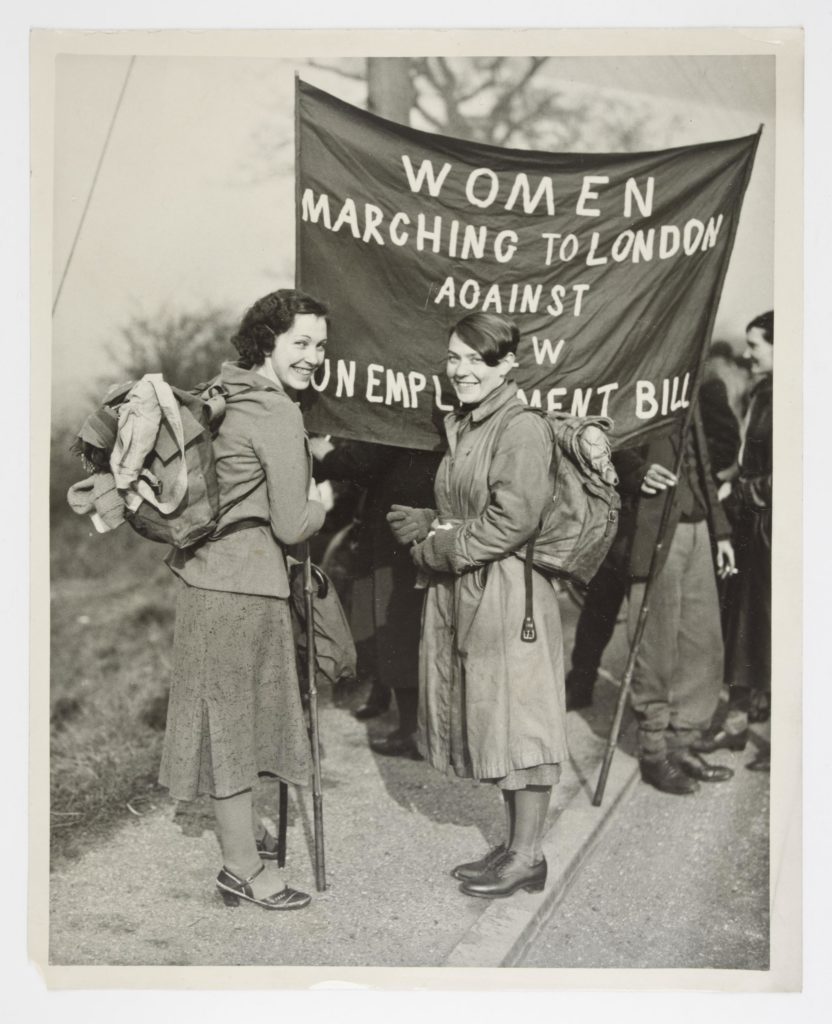
We know that the archive is particularly rich in 1930s and 1940s photojournalism, covering major events like the Spanish Civil War, the rise of fascism and the Abdication crisis, and labour movements such as the General Strike and hunger and unemployment marches. However, we know much less about how it captured the relationship between Britain and its former colonies, or the arrival and subsequent work, lives and experiences of migrants from the former British colonies such as Dominica, Jamaica, Trinidad and Tobago, Pakistan, India, Bangladesh, Uganda and Kenya.
We also know much less about how the lives of people of colour and other marginalised groups (including LGBTQI+ people, d/Deaf and disabled people, and people of non-Christian faiths) are represented in the archive and were represented in the newspaper. We don’t yet know much about how it covered and pictured stories relating to racial and religious discrimination and fights for racial equality, sexuality and gender equality and other struggles for social justice. We want to know more.
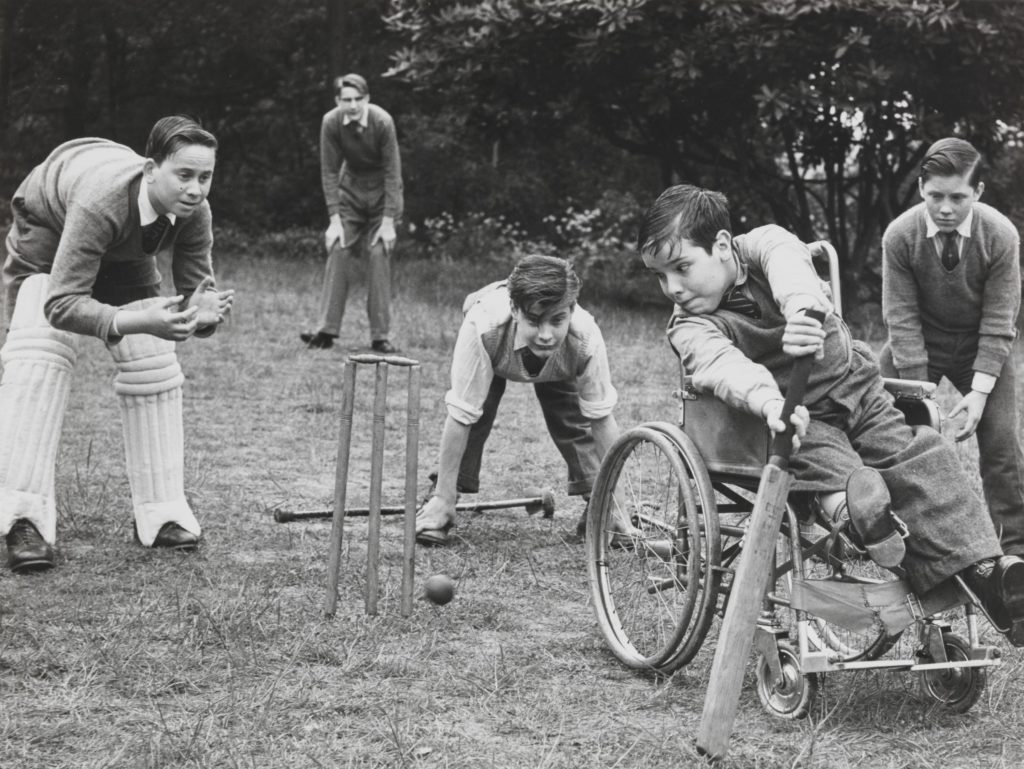
I believe that by approaching the digitisation of objects in this way, we will learn more about our collection and be able to tell better and more relevant stories. Thinking back to my own experience of navigating the Daily Herald Archive, I now understand that it is those people that have lived experience of or deep interest in a subject that will be best placed to navigate their way through the labyrinth of categories, drawing upon their own personal knowledge and heritage to discover the most relevant, meaningful and interesting photographs.
Moreover, it is only through working with local collaborators to decide what objects and stories are important to make visible and share, what questions could be explored through these objects and how best they should be documented and presented to others, that we can begin to disrupt the consistent reinforcement of dominant narratives and perspectives in our collective cultural memory, and introduce new ways of looking at, seeing, navigating, thinking about and understanding what is there in our collection.
I am excited to see how our local collaborators will choose to make use of this archive, how they will employ the objects to explore their own interests and ideas, and what paths they will take to explore it. I am also interested to understand whether the process of handling the material objects (the photographs themselves) and working on the digitisation process with others collaboratively will help facilitate a deep engagement with the Daily Herald Archive collection that will enable the most critical and urgent questions to emerge about how the objects themselves might be interpreted, or about how aspects of inequality within British history might be uncovered through the material.
Bradford residents are perfectly situated to embark on this journey with the Daily Herald, because the history of their place is so explicitly entwined with those elements of British history—the beginnings of the end of the British Empire and colonialism, the birth of the labour movement, the decline of industry, migration from former colonies and war and struggles for equality—that defined the early-to-mid-20th century and thus the period in which the Herald operated.

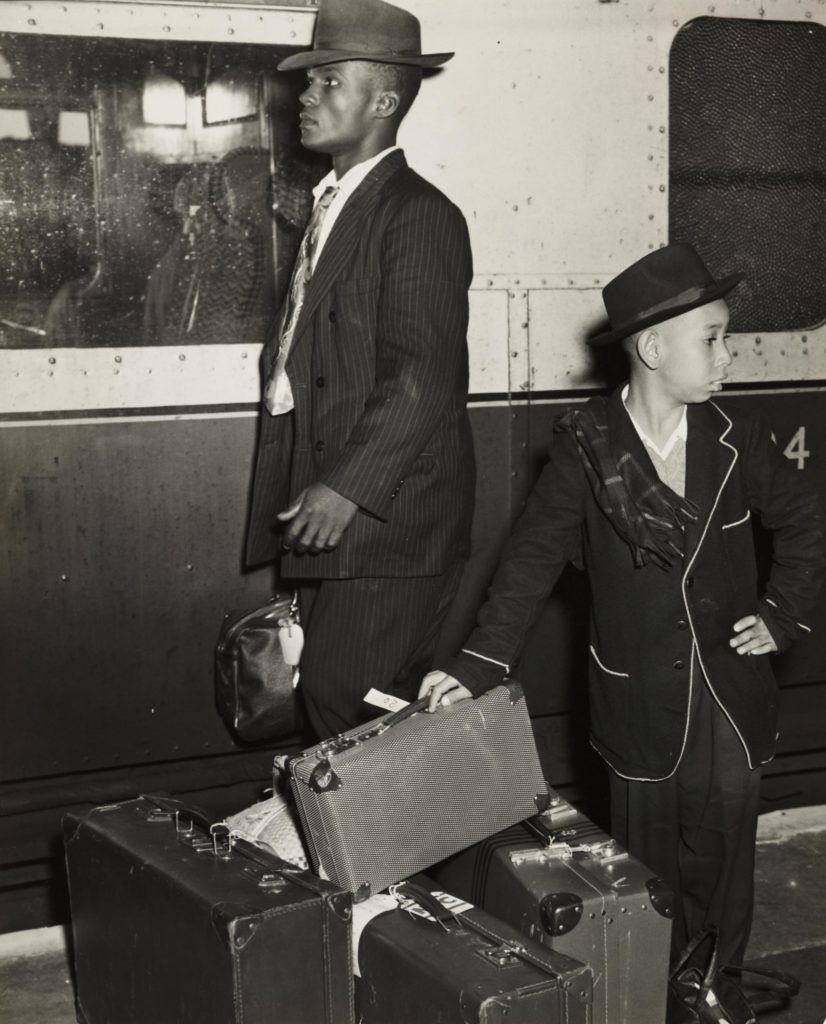
A fascinating project that will hopefully reveal glimpses of an extraordinary visual resource that becomes available for use by all.
This sounds lika a really exciting project. How can people get involved?